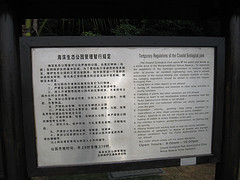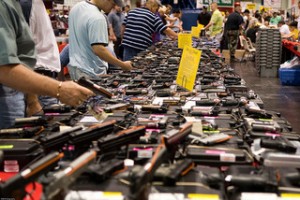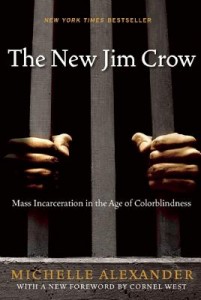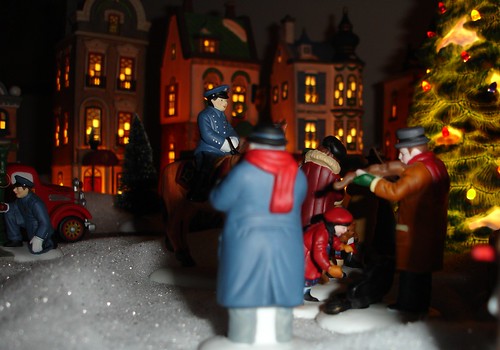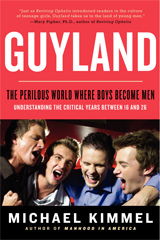
When people do horrible things, it is often too tempting to obsess over the individual perpetrator, to ask “What went wrong?” through a slew of news headlines, childhood photo montages, and impassioned Internet comments. However, one of the basic tenets of Sociology 101 is that nothing happens in isolation—we must also look at the social sphere around an individual.
Michael Kimmel reminds us of this maxim in a recent opinion piece on Ms. Magazine’s website. Writing about the community response around a now-notorious Steubenville, Ohio gang rape, Kimmel argues that public outcry against the individual perpetrators (and trivial “poster boy(s) for teenage male douchery” who make light of the event) misses the point. What about the influence of a male-dominated community that could protect the perpetrators—those Kimmel calls “The 18,437 Perpetrators of Steubenville” in his title? He writes:
As I found in my interviews with more than 400 young men for my book Guyland, in the aftermath of these sorts of events—when high-status high school athletes commit felonies, especially gang rape—they are surrounded and protected by their fathers, their school administrations and their communities.
They did what they did because they felt entitled to, because they knew they could get away with it. Because they knew that their coaches, their families, their friends, their teammates and the police department—indeed, the entire town would rally around them and protect them from the consequences of what they’ve done.

